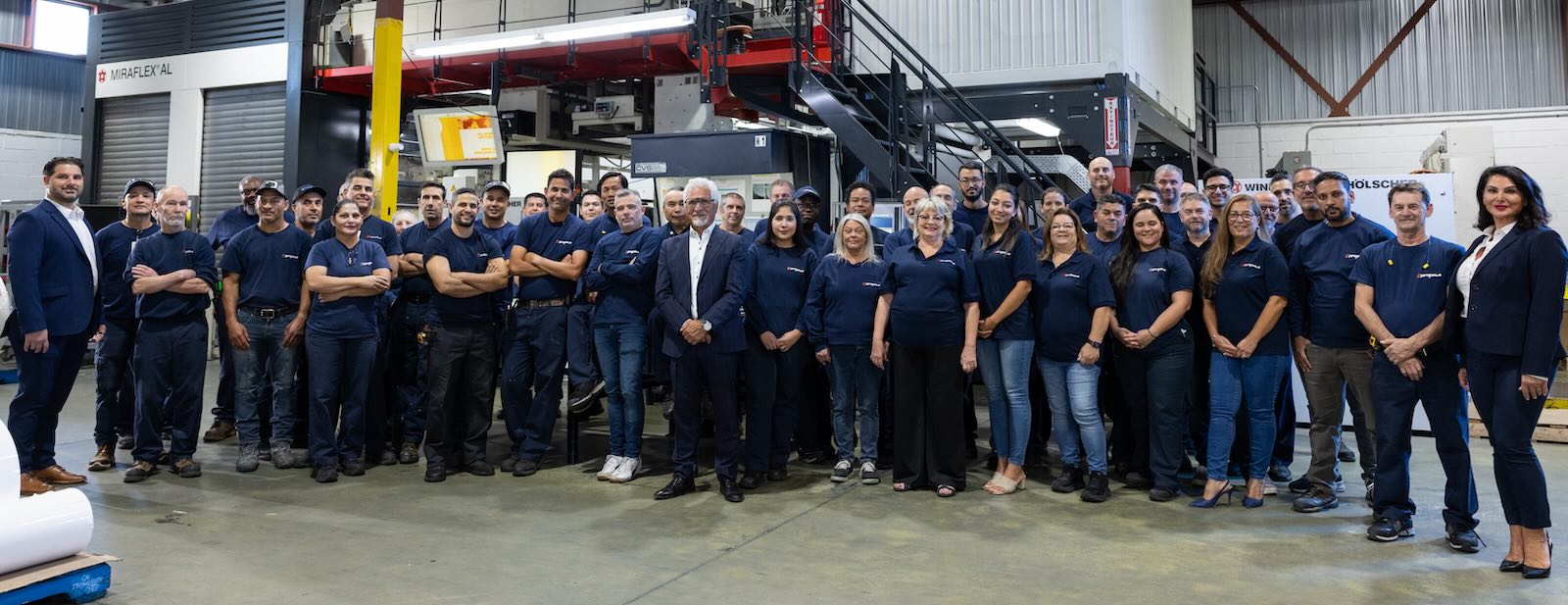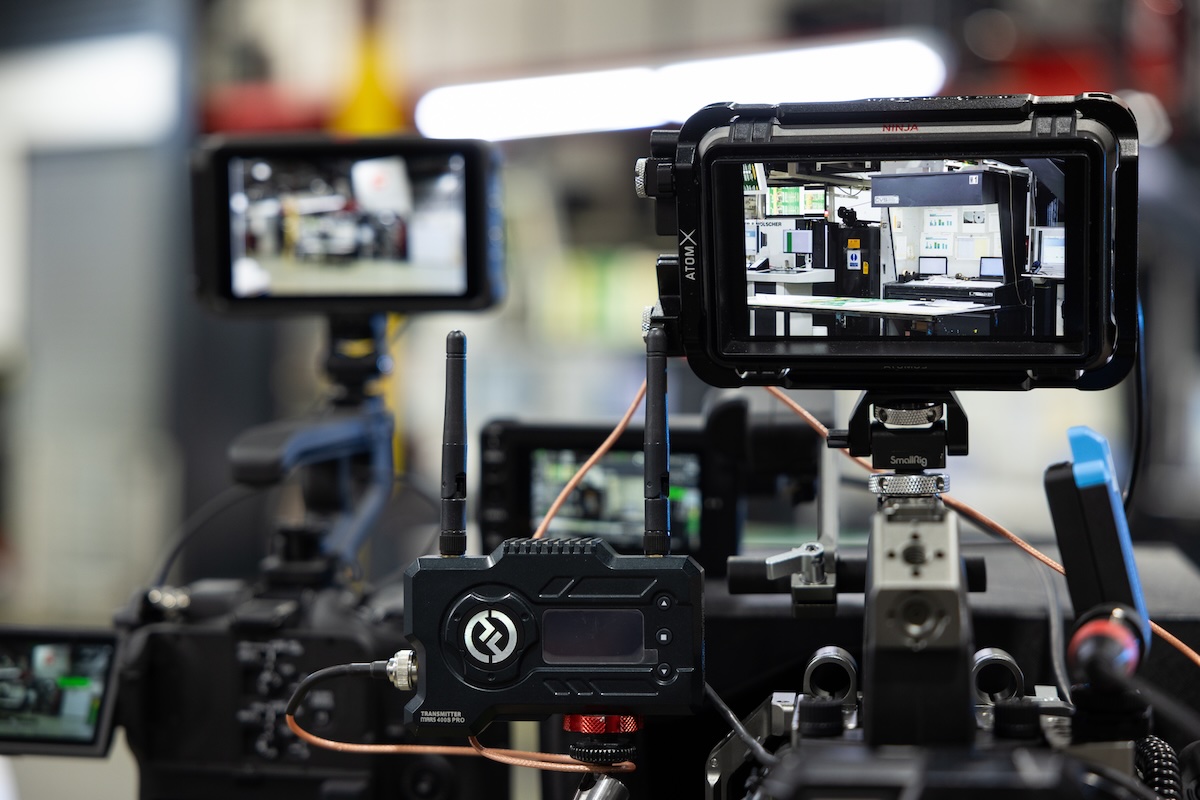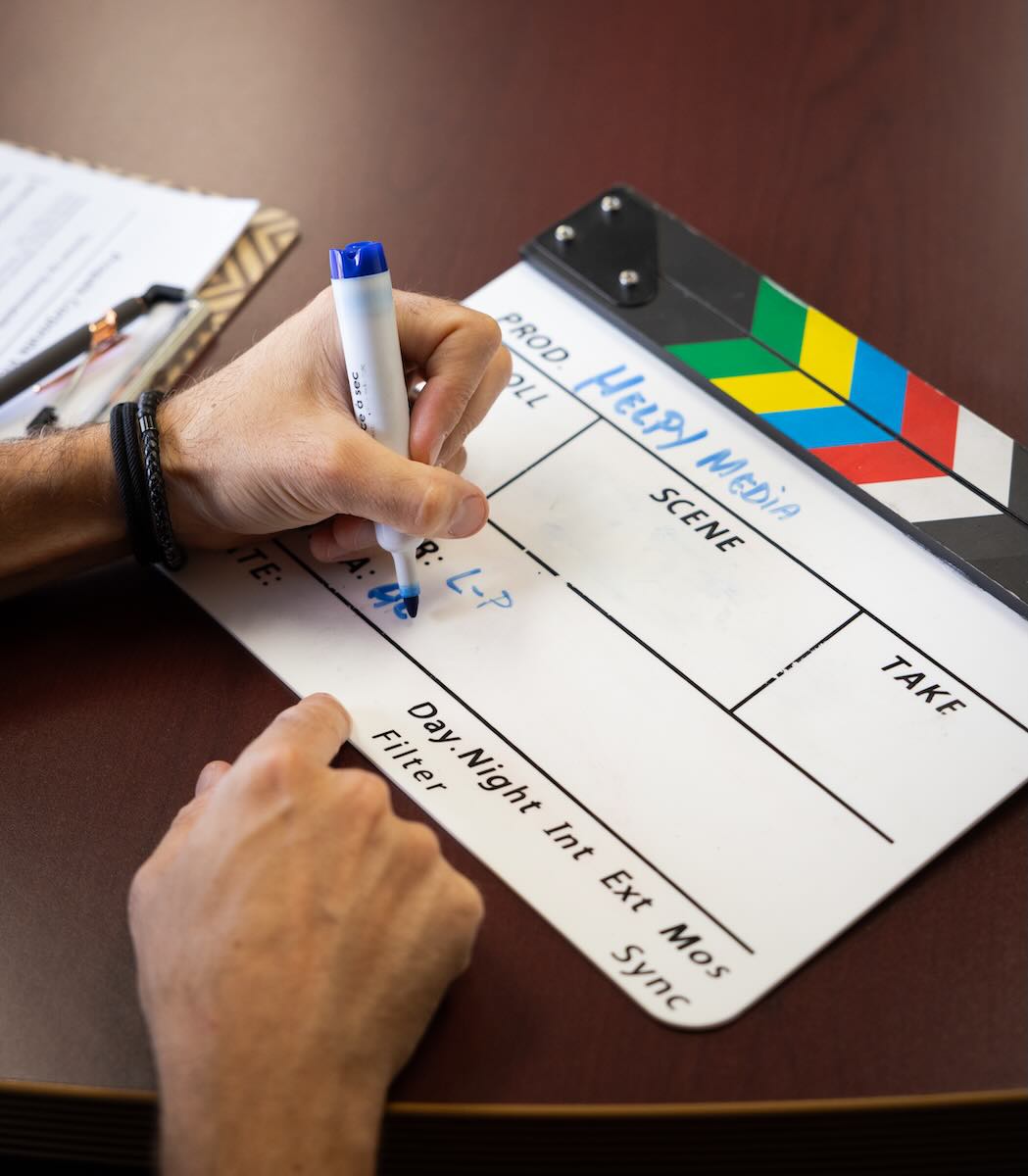Project Overview
Most corporate anniversary videos follow the same script. Montage of historical photos, CEO talking about values, factory footage sped up to prove productivity, maybe a sustainability mention if there's time. We knew Propals' 50th anniversary couldn't be that.
Propals
2025-09-30
DaVinci Resolve
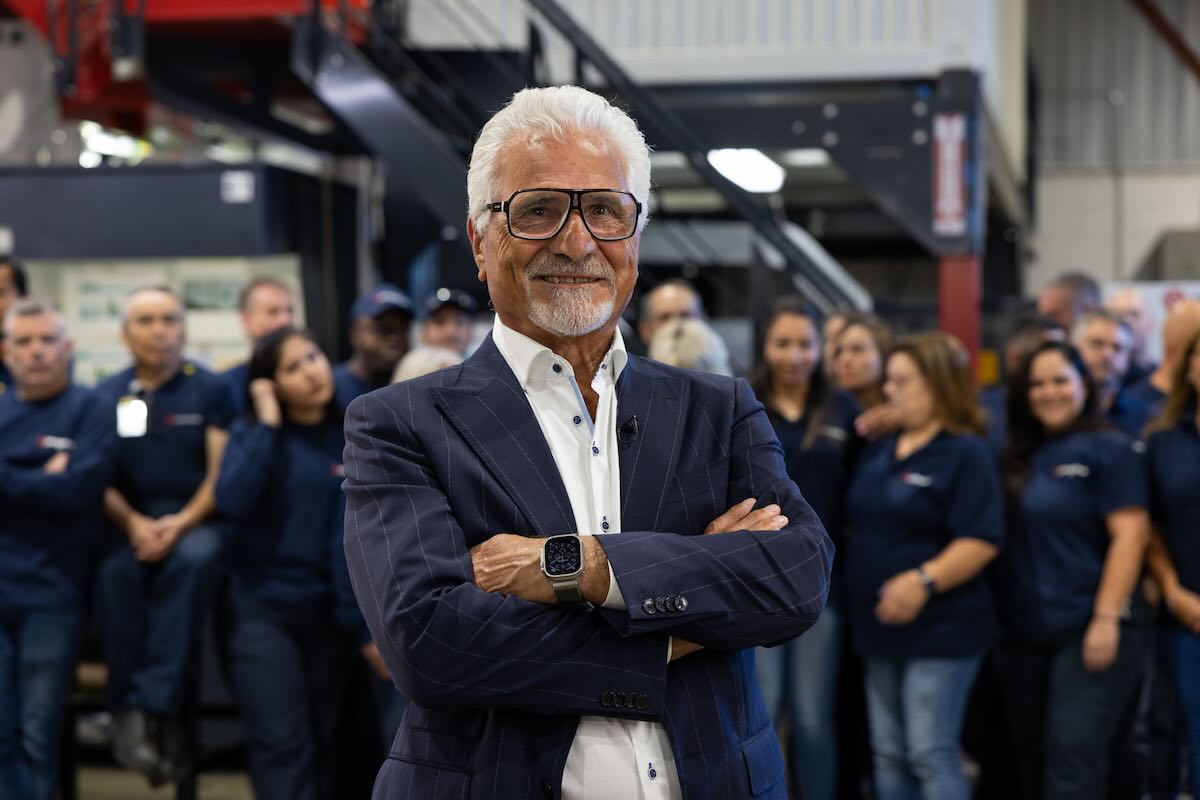
The moment they mentioned solventless lamination and PCR technology alongside their 98.7% on-time delivery rate, something clicked. This wasn't a retrospective. This was a transformation story hiding in plain sight.
The Story Was Already There
During pre-production, we mapped their talking points on a whiteboard. Founding principles of quality and reliability. The industry's environmental crisis forcing innovation. Integration of sustainability into their core identity. Future vision built on that foundation.
Classic three-act structure.
We weren't forcing a screenplay onto a corporate video. We were revealing the hero's journey they'd been living without realizing it.
Most companies organize content like a brochure: Our History, Our Values, Our Services. That's how you catalog information. It's not how you move an audience.
Three-act structure creates momentum. By the time viewers reach Act Three and see Propals' future vision, they're not just informed. They're invested.
Visual Language Creates Meaning
Here's where most corporate video falls apart. Factory footage becomes B-roll filler. Quick cuts, sped-up time-lapses, just proving "yes, we make things."
We did the opposite. We slowed everything down.
Macro shots of the lamination process. Close-ups of hands inspecting materials with the same cinematography you'd use for a luxury watch commercial. We lit their PCR recycling equipment like sculpture.
There was a moment during the shoot that proved the approach was working. We were filming pellets of recycled resin moving through the system. Our DP suggested a slow push-in shot with dramatic side lighting.
When we watched the playback, Propals' sustainability director stopped and stared. "I've worked with this equipment for years and never saw it as beautiful."
That's when we knew.
We weren't just documenting their process. We were reframing how they and their audience perceived the value of what they do.
Technical precision becomes artistry when you give it visual space to breathe.
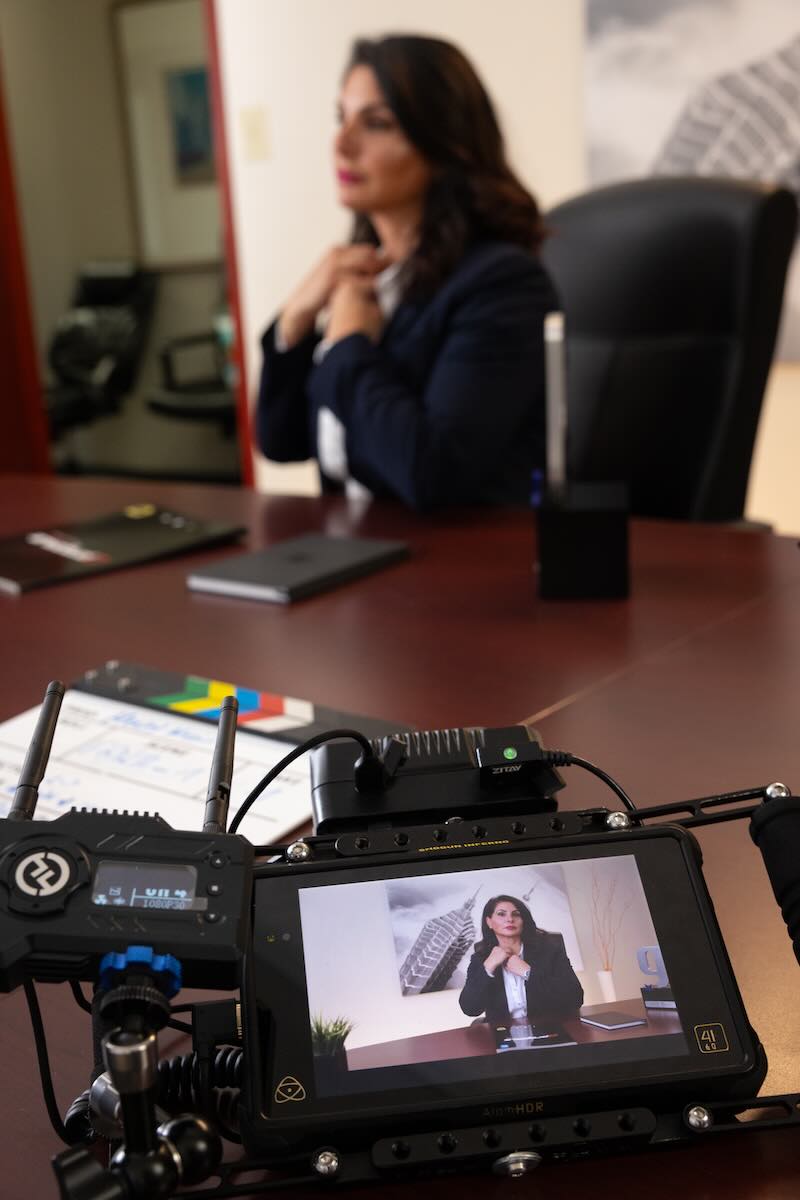
Environment Tells the Supporting Story
Traditional corporate video puts executives in boardrooms with generic backdrops. Safe. Forgettable.
We placed people in their actual environments where their story happened. The founder near original equipment with vintage machinery slightly out of focus behind him. Current leadership on the production floor with activity happening as living proof of what they're saying.
Client testimonials in Propals' conference room with their products visible in the background. You're seeing the partnership in action, not just hearing about it.
We used shallow depth of field and intentional framing to keep focus on the person while their environment provides context. Intimate but grounded.
One client told us afterward it felt less like an interview and more like a conversation that happened to be filmed.
Authenticity without sacrificing production value.


Making Clients Collaborators
Getting clients to trust unconventional approaches requires showing them the difference between information and emotion.
Before the shoot, we created a visual mood board. Not just pretty pictures, but specific examples of what we meant. Standard corporate interview setup next to our proposed approach.
Then we asked a simple question: "Which one would you actually want to watch?"
But the real convincing happened when we explained the why behind every choice. Filming the founder near original equipment wasn't about aesthetics. It was about showing continuity, that the principles he built the company on are still alive in their modern operation.
When you frame it that way, it's not a risky creative choice. It's strategic storytelling.
We also built in a safety net. We'd shoot one setup our way, and if they weren't feeling it, we'd do a traditional backup.
We've never had to use the backup.
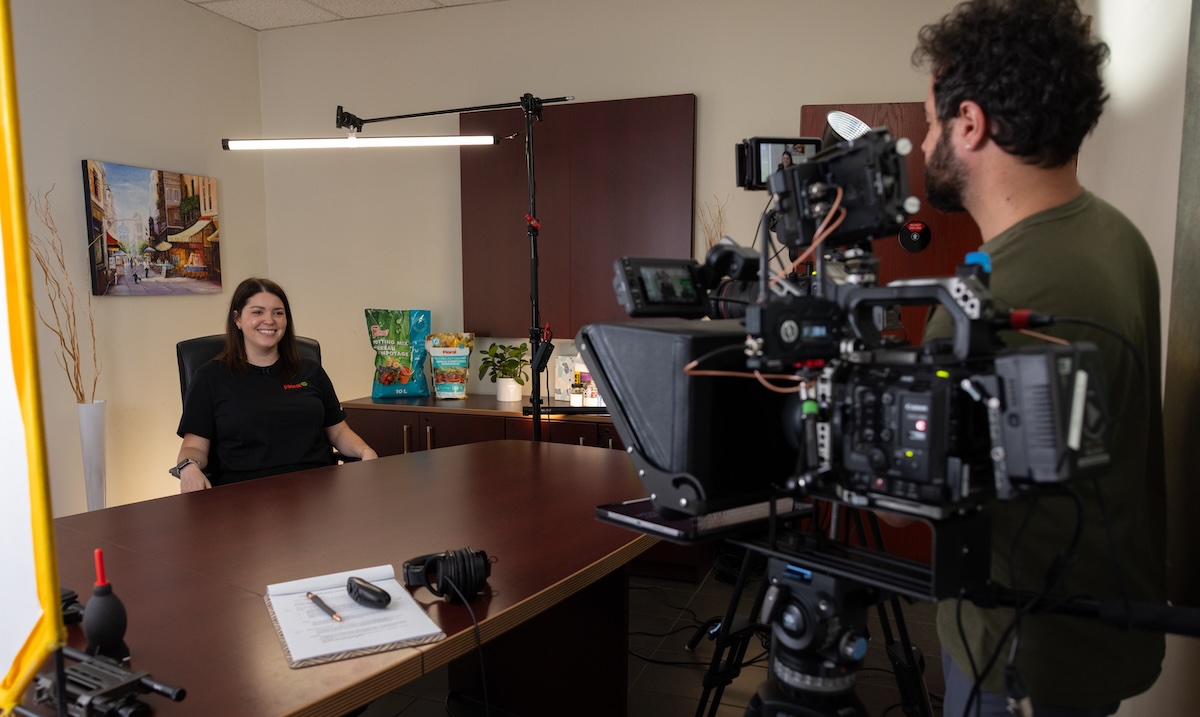
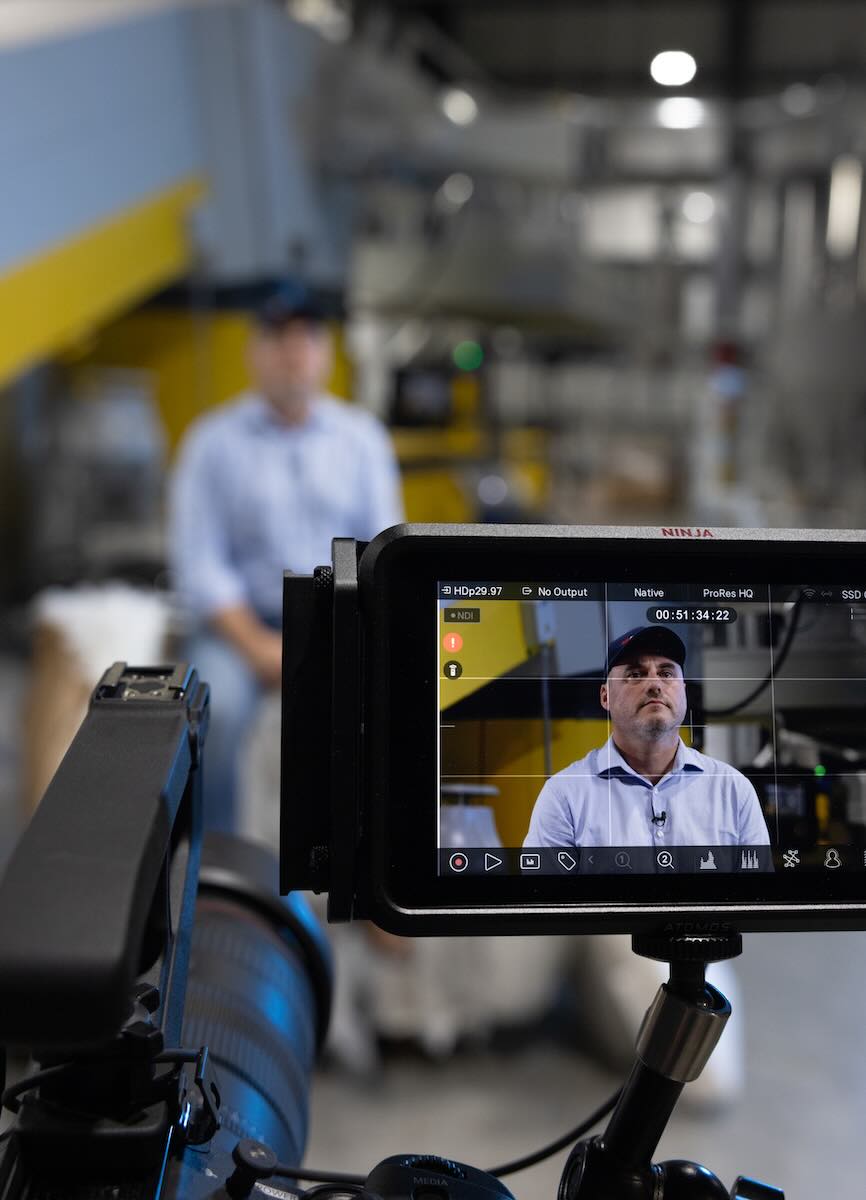
Once clients see the first setup on the monitor with the lighting, composition, and environment working together, they get it immediately.
The key is making them collaborators in the vision, not just clients approving a vendor's work. When they understand that every creative choice serves their message, trust becomes easy.
Corporate storytelling works when you reveal the narrative that already exists rather than forcing one on top. When you treat technical processes with the reverence they deserve. When you place people in environments that prove their story instead of generic backdrops.
That sustainability director seeing her equipment as beautiful for the first time? That's what happens when you stop documenting and start reframing.

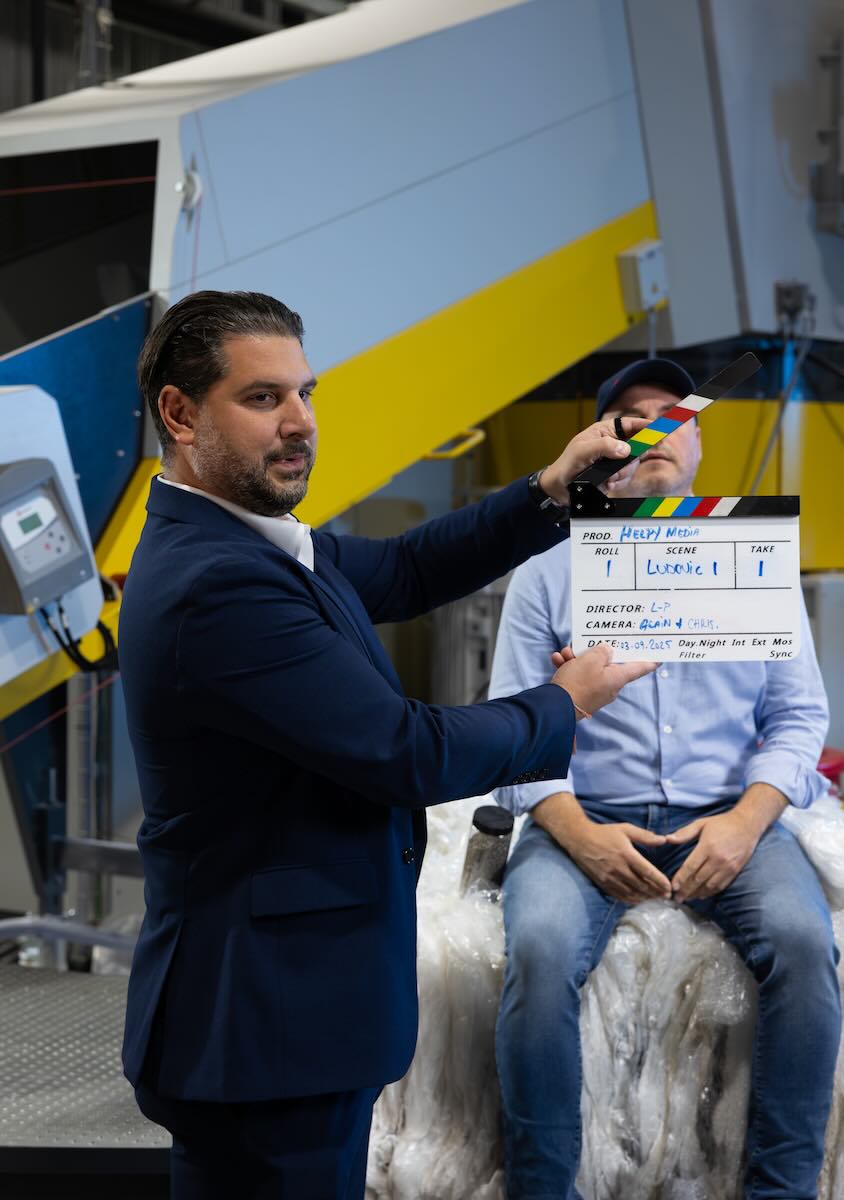
Project Gallery
